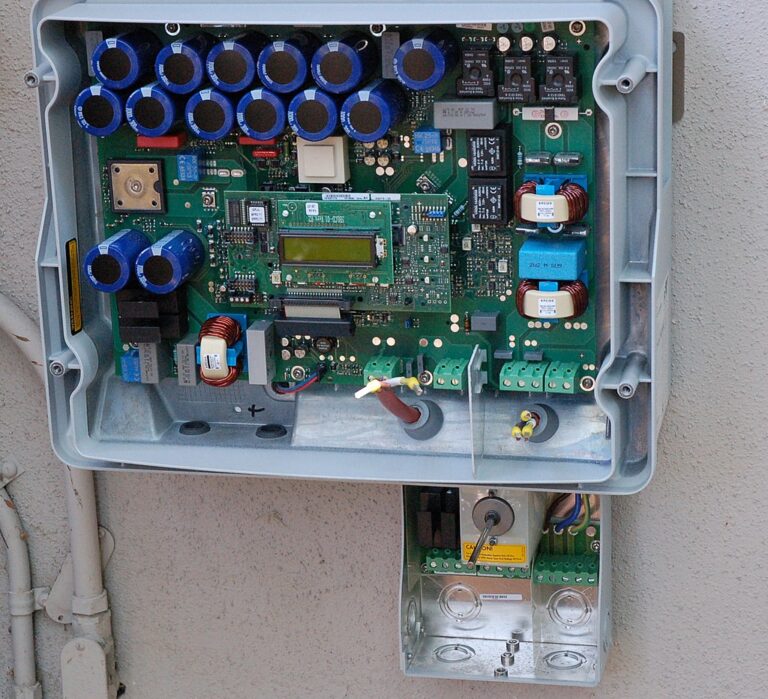New research from Morocco has shown that the Sandia PV Array Performance Model is best suited for measuring AC power in PV systems located in arid climates. The scientists conducted a series of tests with three different PV systems at a test facility in Ben Guerir, central Morocco.
Researchers from Hassan II University in Morocco have developed a new methodology for continuously monitoring the durability and reliability of PV inverters in semi-arid climate scenarios, where the annual failure rate is significant.
The proposed approach consists of comparing the measured power with the predicted normal operating power of the PV systems.
Their analysis was carried out on three different south-facing PV systems, with capacities of 7.2 kW, 16.5 kW and 22.2 kW, at the Green Energy Park., a platform for testing, research and innovation in solar and renewable energy in Ben Guerir, central Morocco. The first system was based on copper indium gallium selenide (CIGS) modules, while the other two installations used unspecified monocrystalline PV module technologies, with all systems connected to inverters monitored via a PV string monitoring unit .
The outdoor testing facility uses a data acquisition system that records electrical parameters such as AC and DC power, current, voltage and frequency, with data loggers connected to each system and a sampling time of two minutes. The study’s dataset contains data from January 2018 to August 2023
For their assessment, the researchers analyzed three inverter models with the goal of identifying which of them most accurately represented the inverter’s measured AC output power: the Sandia PV Array Performance Model, developed by the U.S. Department of Energy’s Sandia National Laboratories; PVWatts, a popular web application for estimating energy production from a grid-connected photovoltaic (PV) system, developed by the National Renewable Energy Laboratory (NREL); and Driesse, which was also developed at Sandia.
The analysis found that the Sandia PV Array Performance Model exhibited the lowest root mean square error (RMSE), implying that average prediction errors were also lower, the researchers said. “In addition, the coefficient of determination of the Sandia model (R2) was extremely high, approaching 1, indicating a robust correlation with the measured AC power,” they further explained. “Overall, this comparative analysis unequivocally shows that the Sandia model outperforms the others in predicting photovoltaic inverter performance, with lower error measures and higher R2 values.”
The measurements also showed that the 7.2 kW, 16.5 kW and 22.2 kW systems experienced a weighted efficiency decline of 3.96%, 0.63% and 1.29% respectively over a five-year period. “These findings have implications for comprehensive maintenance strategies, including regular inspections, safety protocols and remote monitoring solutions,” the research group said.
The proposed approach was presented in the study “Assessment of PV inverter efficiency degradation under semi-arid conditions: a case study in Morocco”, which was recently published in Heliyon. “This study is more suitable for the analysis of failures in general,” the academics concluded. “Such approaches are worth investigating to detect thermal stress, contamination, humidity, corrosion, electrical stress and aging of components.”
This content is copyrighted and may not be reused. If you would like to collaborate with us and reuse some of our content, please contact: editors@pv-magazine.com.


